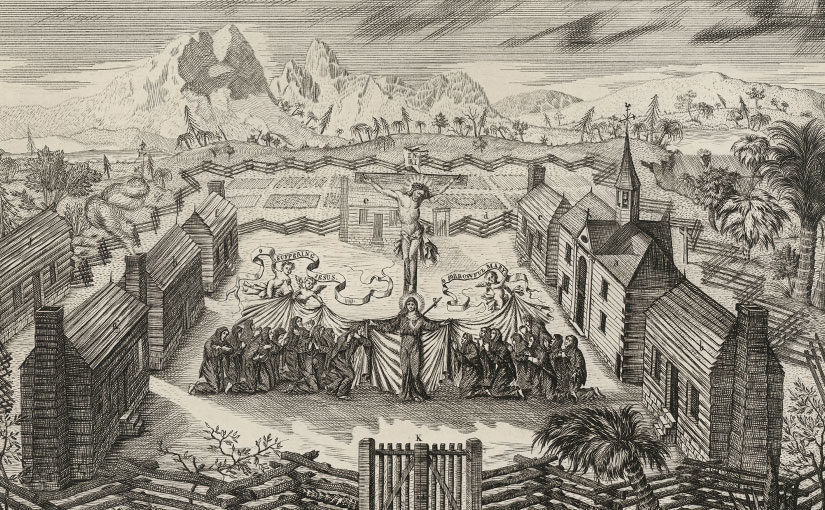Last week, a group of librarians participated in a large history class on Global Catholicism taught by Professor John McGreevy. Ideally, the fifty-five students would have visited the Special Collections and seen artifacts relating to different aspects of Catholic history throughout the world.
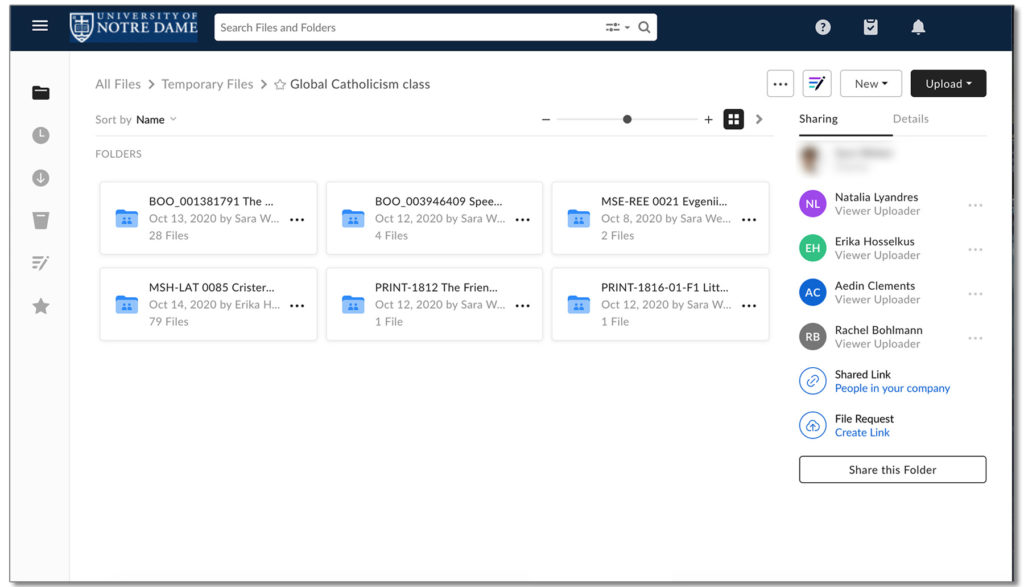
This year, students assembled on Zoom, and our preparation for the class included making digital images or identifying online digital surrogates. We also organized our selection of artifacts in an online library guide so that students could explore at their own pace. Each student is expected to write about one of these items.
Some items in our selection were already available digitally in different platforms.
For examile, our digital exhibition, “Preserving the Steadfastness of Your Faith”: Catholics in the Early American Republic, allows readers to explore American Catholic history.
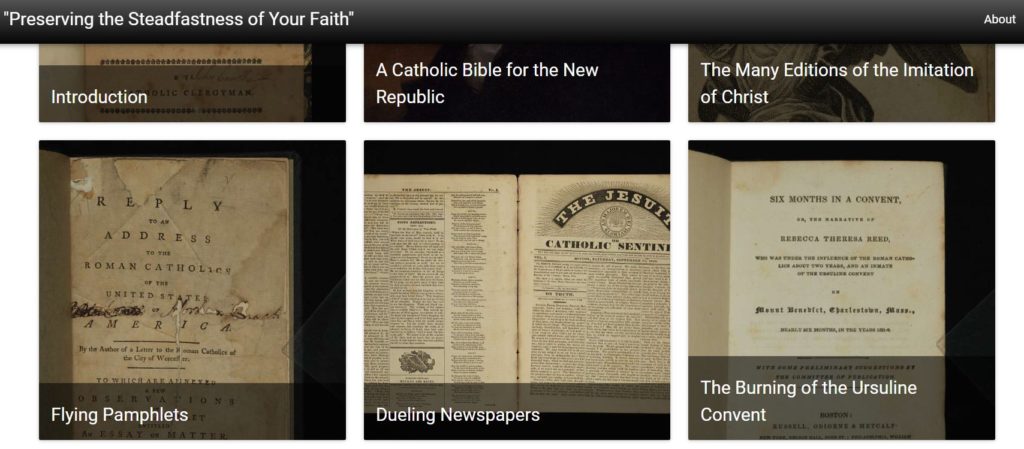

Chinese Catholic-themed Paintings from Xinxiang, Henan Province (1939-1941)
In the case of the Chinese Catholic posters, Hye-jin Juhn complemented the digital exhibit of our own collection with a link to a digital collection at another library.
In some cases, we identified another copy on a platform such as Hathi Trust or the Internet Archive.
In presenting to the class, we assembled on zoom and each shared a screen and introduced our selections to an attentive class. While students missed the opportunity to see the physical items, as compensation, all fifty-five students could simultaneously view each item without peering over one another’s shoulders.
In other adventures in the online world, Rachel Bohlmann and Erika Hosselkus offered a workshop for students working on primary source-based projects through the Nanovic Institute. Five of the six people who registered were graduate students. This is one indication of an increased interest among our young scholars in finding primary sources online.
Teaching during COVID has meant an understandable and practical focus on finding primary sources online. I’ve appreciated having to double down on primary source databases and realize that we’ve all probably taken them for granted more than a little. Still, while this is in general a fine reminder of how far online primary source databases have come in the last decades, I miss using physical collections in my library classes, and getting students excited about examining a source right in front of them.
– Rachel Bohlmann, American History and American Studies Librarian
One theme I’ve noticed is that I think students and faculty are certainly more interested in hearing about online resources. I feel a slight shift toward more attention, especially to hearing about how to do more than just basic keyword searches.
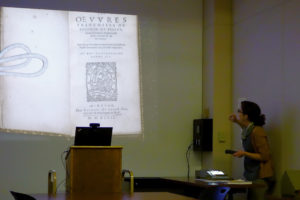
Besides our adventures in screen-sharing, Monica Moore bravely taught an online class where she staged a selection of rare French books in our seminar room, speaking, showing books and turning pages beneath an overhead camera, all on Zoom — a kind of double-level filmed class. This was the closest simulation we have tried so far of a physical class in which students and librarian interact with the materials.
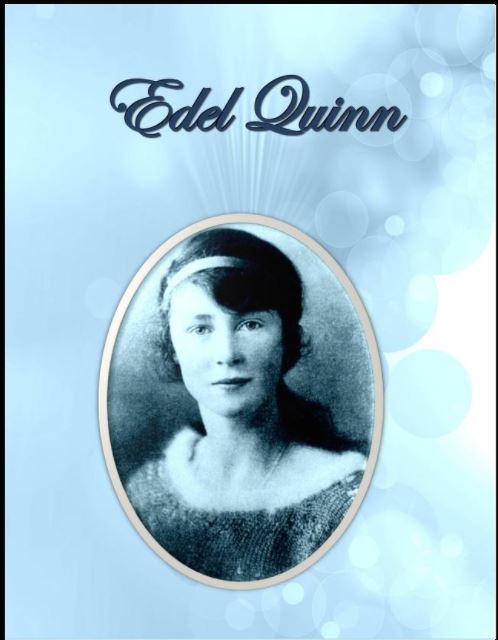
From our experiences, we have learned that once we understand what a professor hopes to gain by introducing students to our special collections, we can work together to develop a successful, and dare we say stimulating, class.
